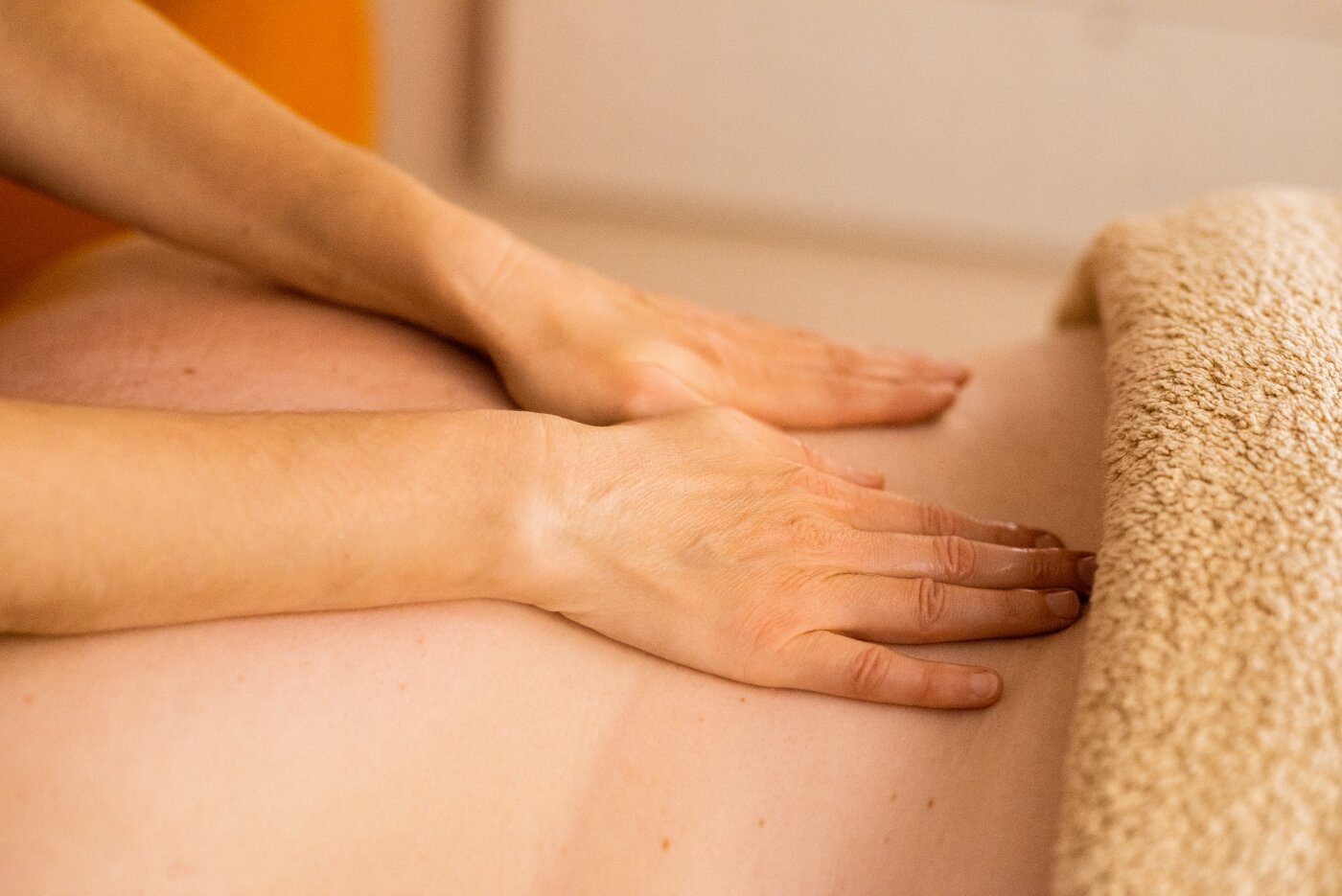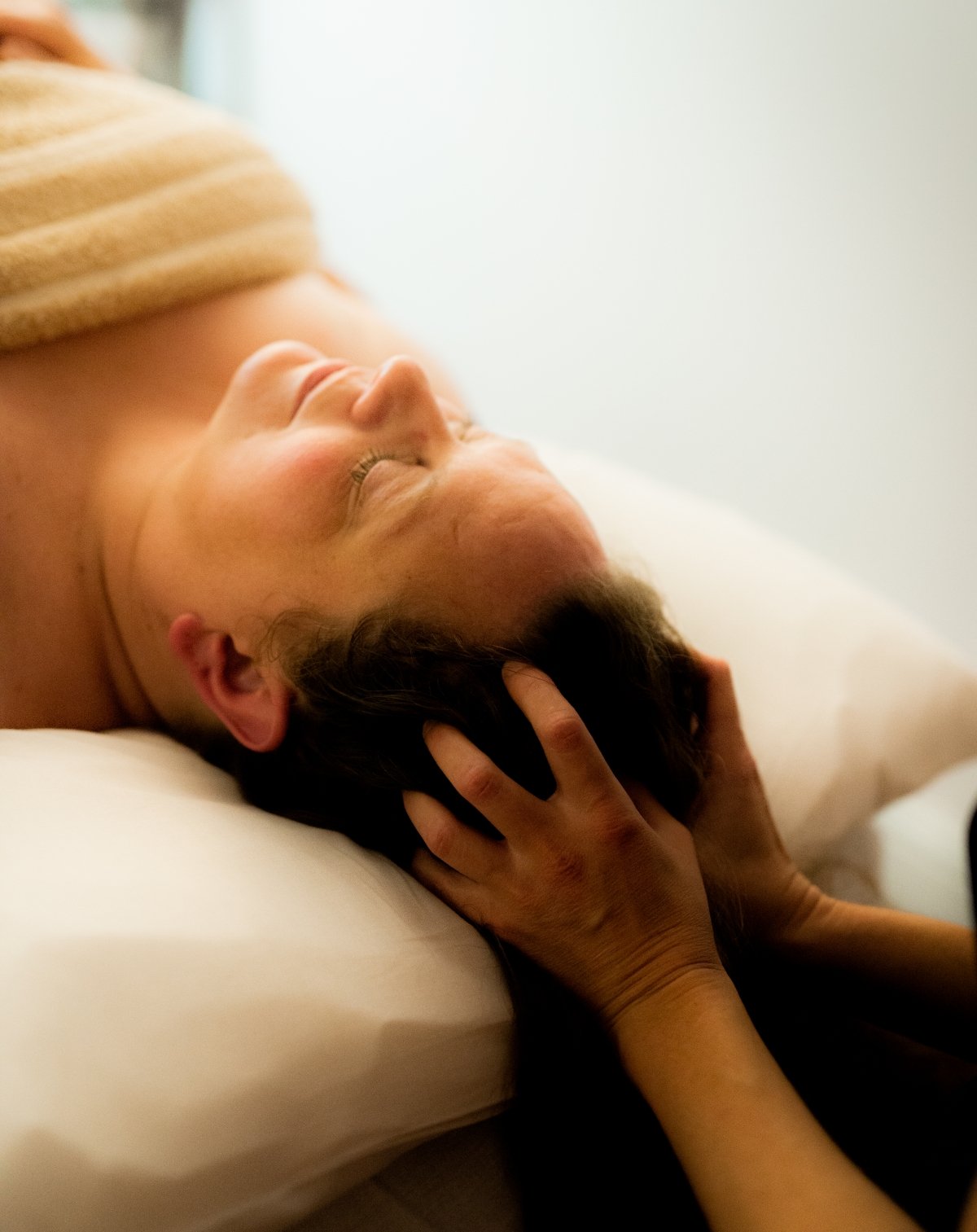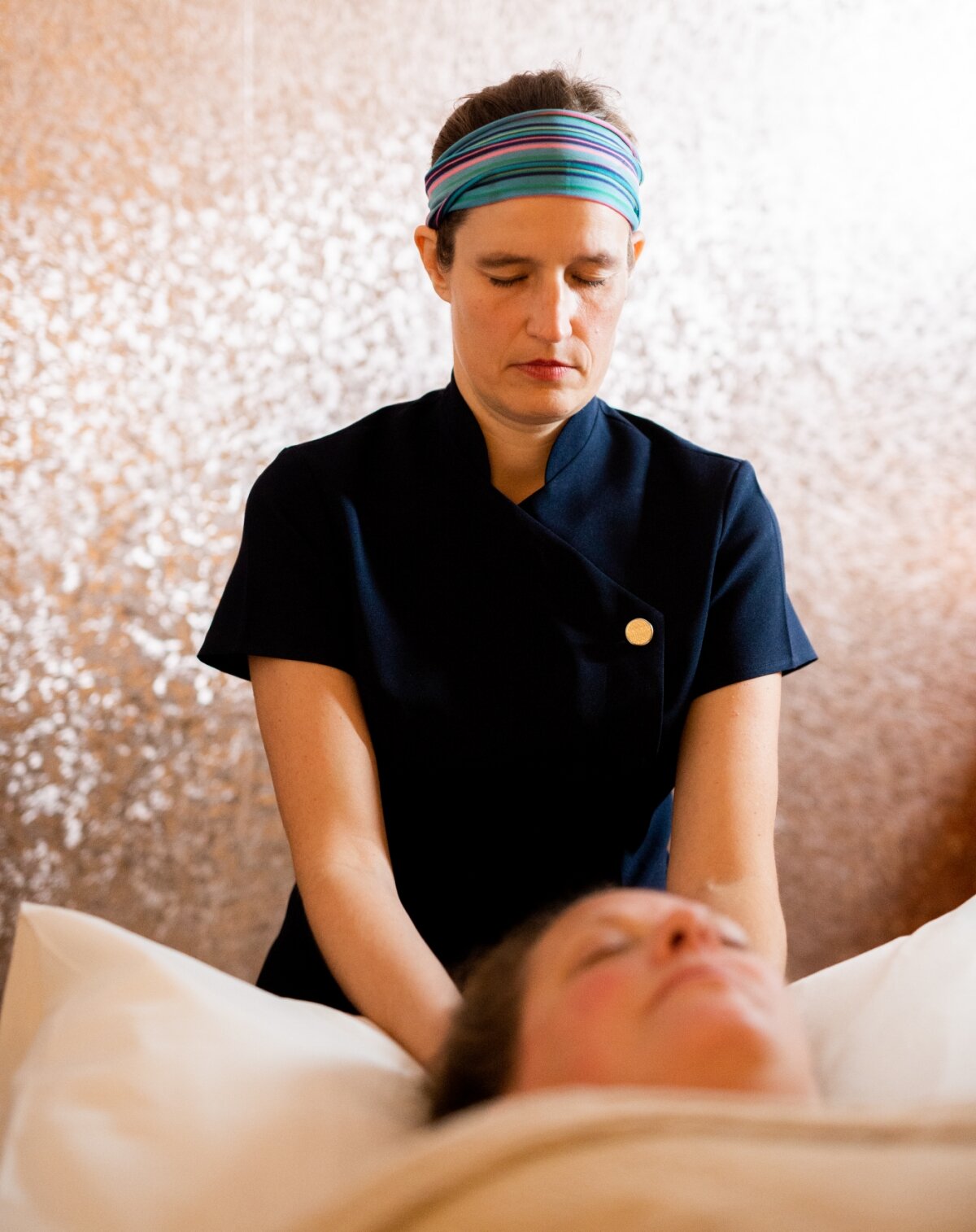
What is Deep Tissue Relaxation Massage?
A deep tissue relaxation massage in Shropshire can help you in different ways, including relief from pain, increased energy, and improved sleep and mental wellbeing..
This is because it helps the nervous system to unwind by encouraging it out of the ‘flight or fight’ or response, and into the rest and repair state.
Massage approach and techniques
I use a range of techniques, including Swedish massage, joint mobilisations, stretches and fascial release. My aim is to listen and respond to you and your body, first through the consultation process and then through what I discover through giving the massage, checking in with you throughout about how you feel.
Healing body, mind and soul
I offer exercises for you to practice at home, to aid healing in between sessions of massage. While, as with any therapy, no result can be guaranteed, giving yourself the gift of time out to relax is beneficial to body, mind and soul.
Clients report a range of effects to me, including falling asleep, feeling dazed, blissed out or dozy and a sense of letting go that can last hours or even days.
One reason for these blissful states is that deep tissue relaxation massage affects the nervous system.
Why relaxation is key in massage
The body is made up of layers of skin, muscle and fascia, all of which can become tense and all of which need time to release. The nerves in each of these layers feed information back to the brain, including sensory input such as temperature and pressure, and also whether the environment is safe. If the brain gets the message that it isn’t, as in if pressure is applied too deeply and too quickly, the body registers it as a shock and the nerves tense the muscles.
The importance of reassuring touch
Scientific research shows that humans register emotion through touch. This is why I begin by placing my hands gently on the client’s body and resting. It is an introductory ‘hello’, giving the nervous system the message it is okay to let go.
My aim is to encourage the body and mind out of the stress response and into the rest and repair state.
The stress response is an instinctual reaction to perceived danger, and chronic stress happens when the brain perceives that the threat, at a low level, is continuous.
How chronic stress affects the body
While a short burst of stress isn’t harmful and is necessary at times, if we live in that state, our body and mind feel constantly worn out by the overproduction of stress hormones.
Other effects include lowered immunity, increased heart rate and blood pressure, poor digestion, shallow breathing and anxiety.
The essence of relaxation
The relaxation response boosts the immune and digestive systems, lowers heart rate, breathing and blood pressure and creates the feeling that everything is okay. The essence of relaxation massage is to encourage the nervous system into this state through slow, deep, gentle work.
Massage and wellbeing research
Massage is better at reducing anxiety than any other treatment studied (Crawford et al meta-analysis 2016)
Massage benefits may include improvements in body image esteem, pain management and the therapeutic value of touch and it could play a preventative role in a decline in emotional wellbeing (Munk and Zanjani 2011)
Research indicates that massage therapy has a positive impact on emotional wellbeing, in both healthy adults and those with mental health conditions (MTI Research Group 2017)
Massage therapy may promote a parasympathetic response by reducing blood pressure, heart rate and feelings of anxiety (C.A. Moyer, James Rounds and James W. Hannum, University of Illinois at Urbana-Champaign, Psychological Bulletin, 2004 Vol 130)




